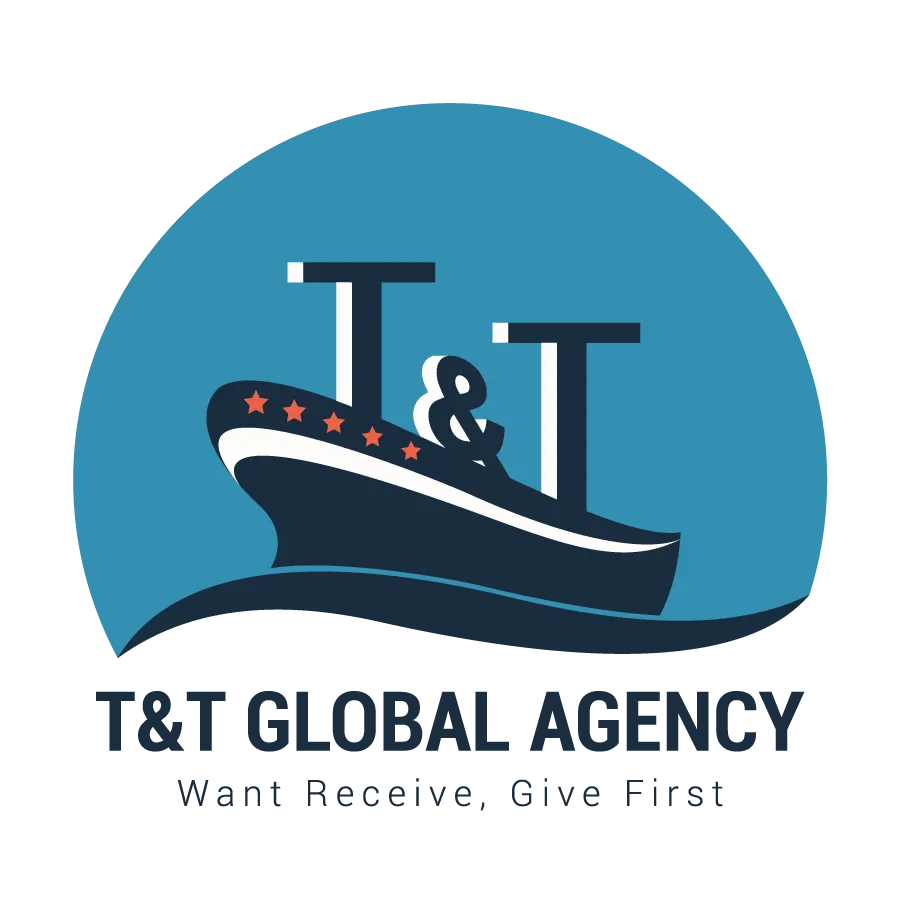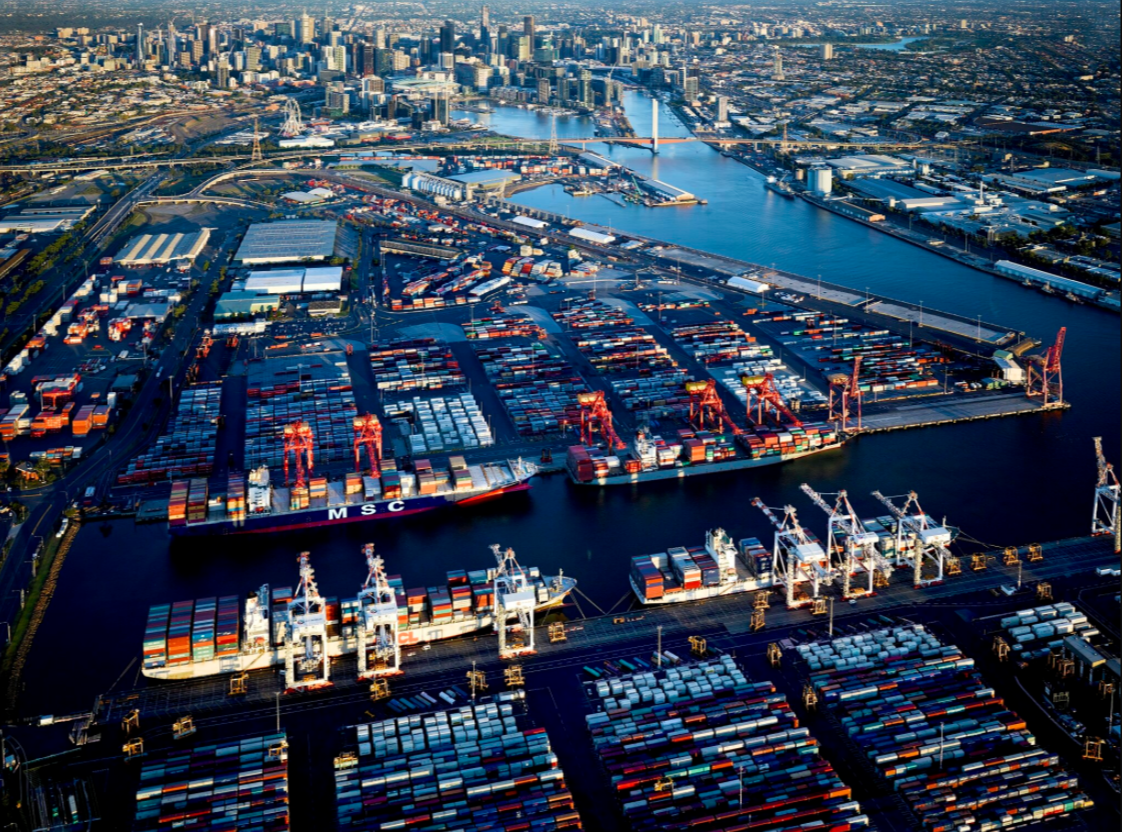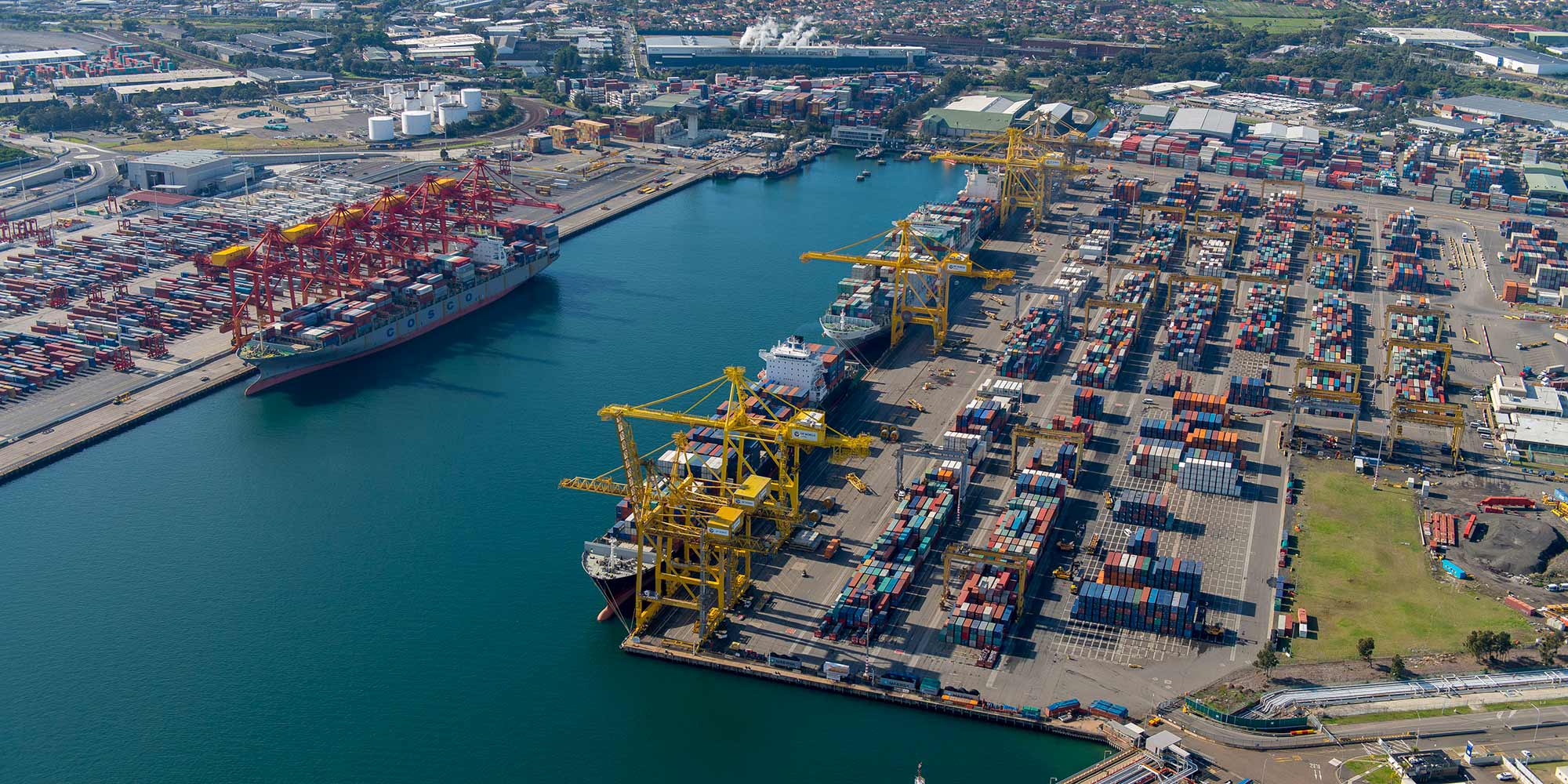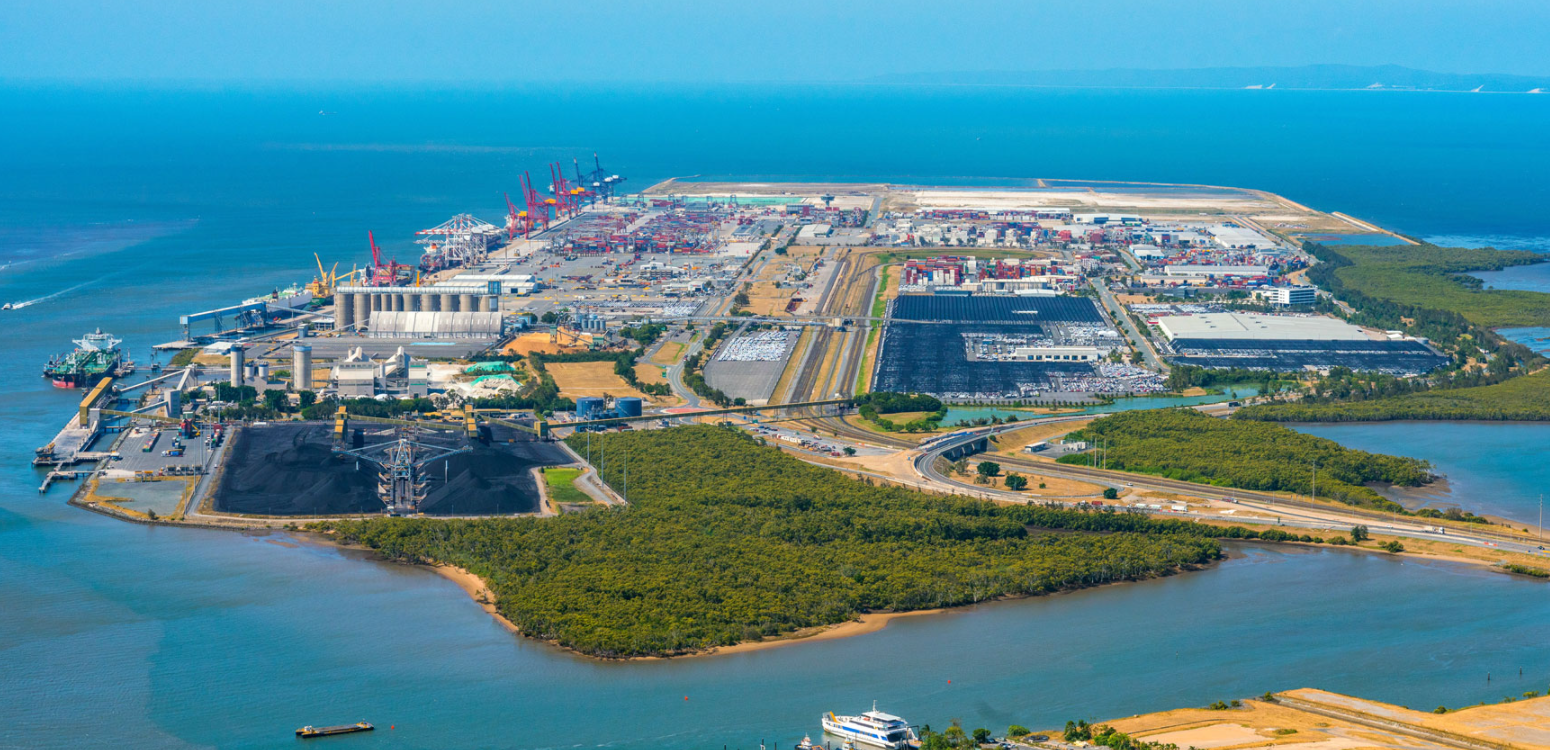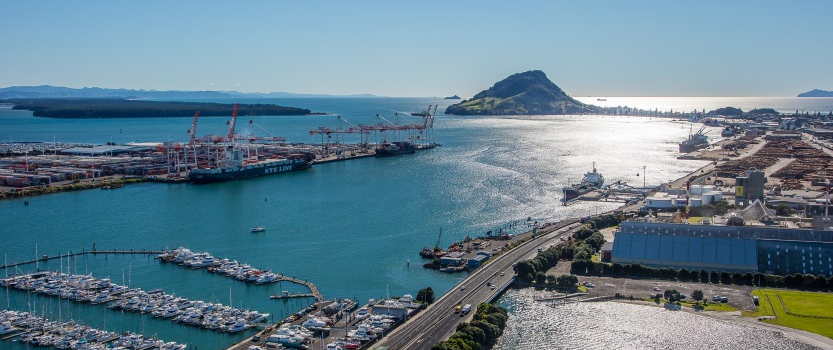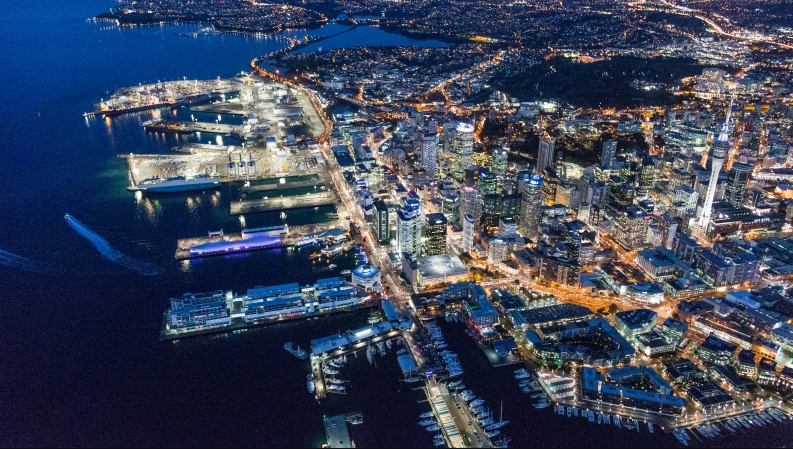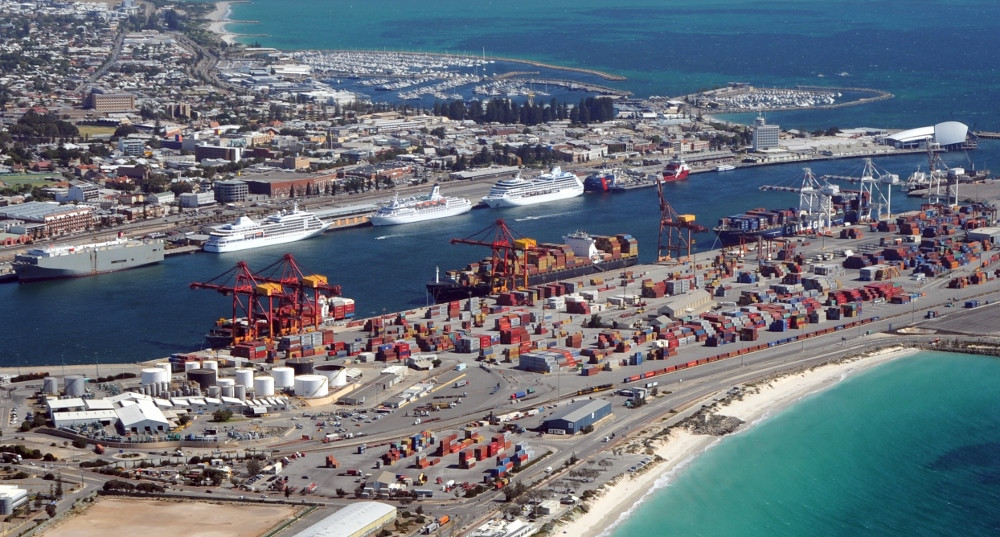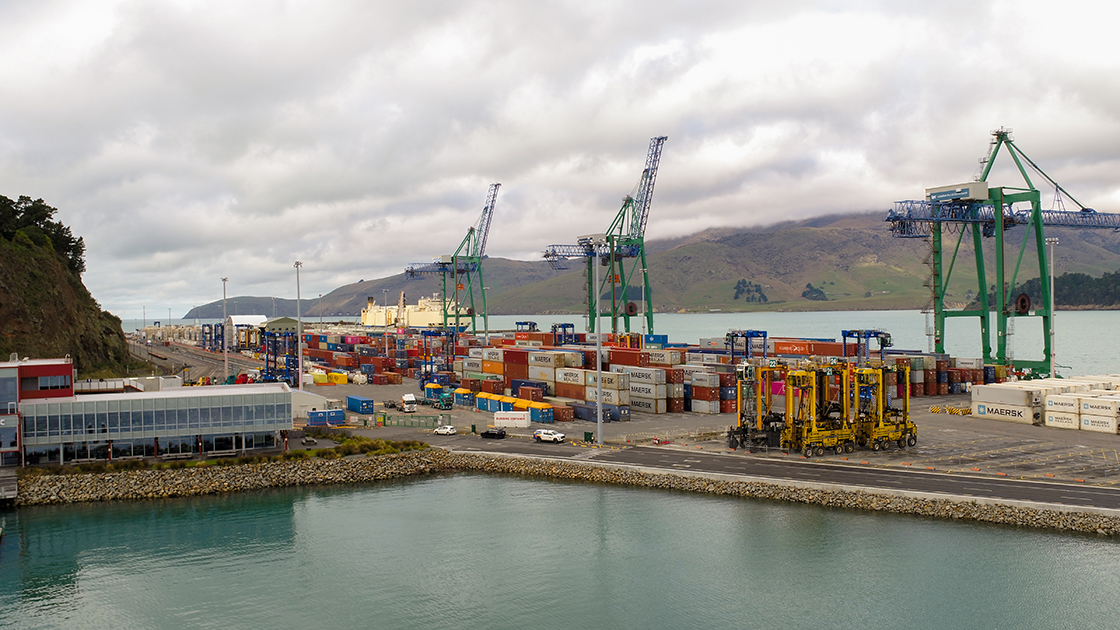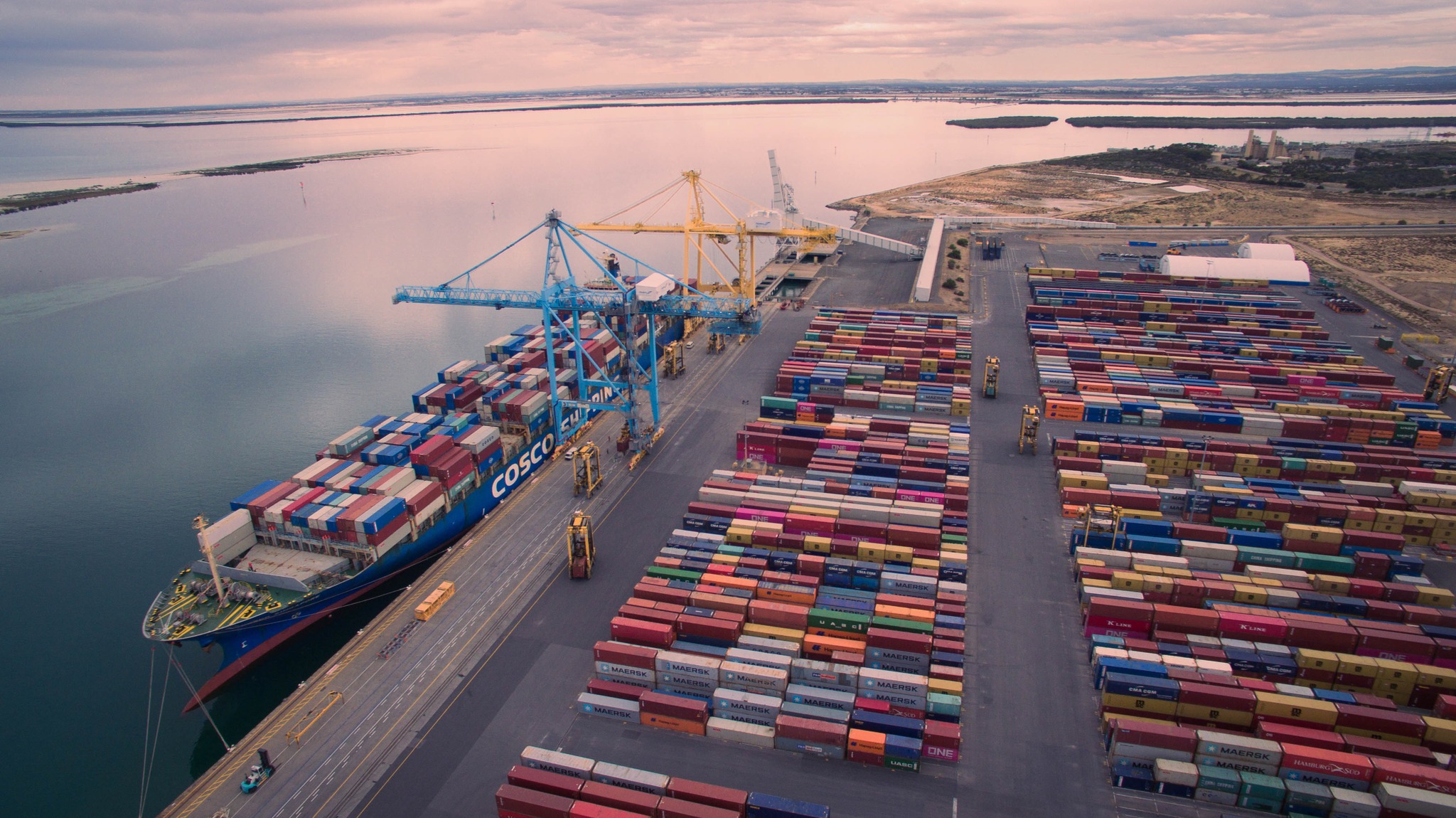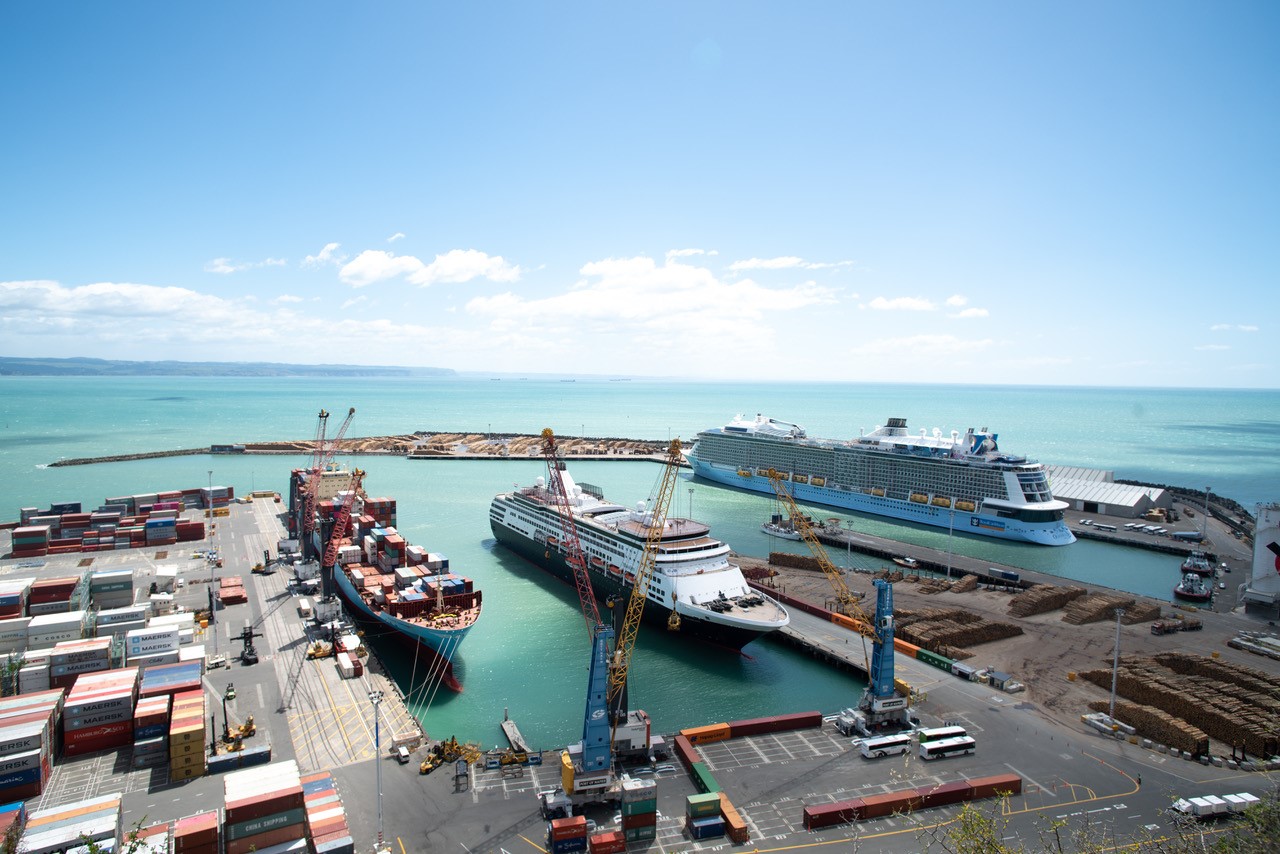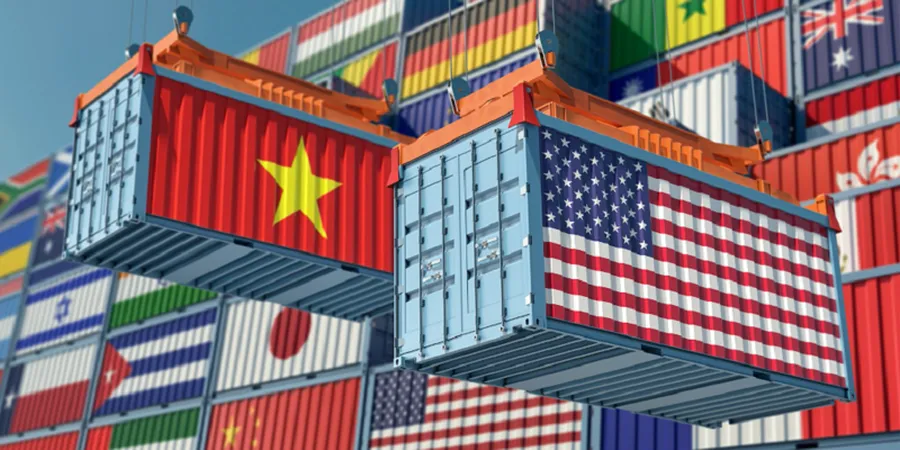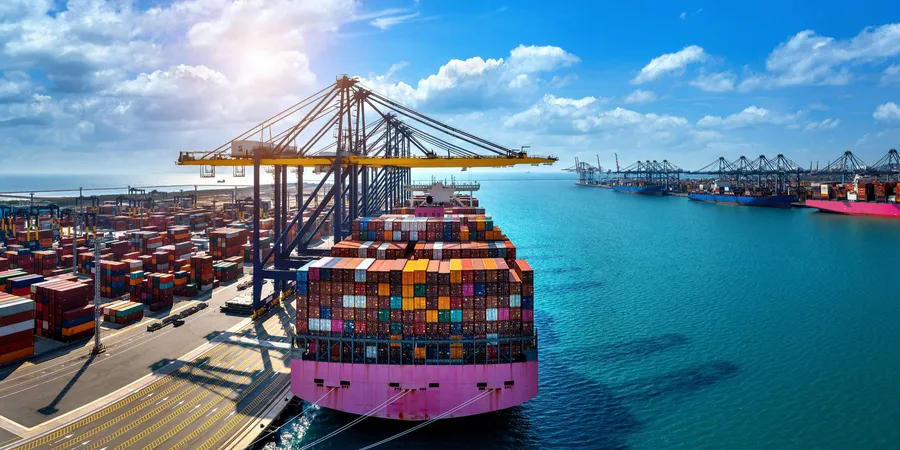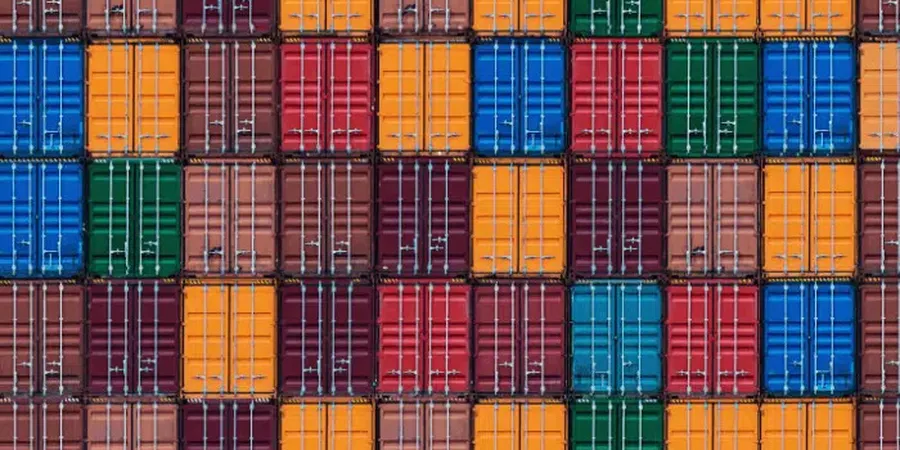Top 10: The busiest container ports in Oceania
Oceania ports are playing a vital role in global trade due to their strategic location in the South Pacific Ocean. Container News has created a list of the busiest container ports in the continent for 2021.
As was expected, the list includes ports of only two countries of Oceania, Australia and New Zealand. Each one of them is represented by five ports, while all the three ports on the podium are located in Australia.
1. Port of Melbourne, Australia - More than 2.8 million TEU in 2021
Handling more than one-third of Australia's container trade, the Port of Melbourne is the busiest port, not only in the country but also in Oceania. Its international container terminals at Swanson Dock and Webb Dock East moved 2,889,288 TEU in 2021.
In general, the port handles approximately 8,000 containers per day, which translates to a total trade value of US$80 billion per year.
2. Port Botany, Australia - More than 2.7 million TEU in 2021
With space available to accommodate 7 million TEU in total, the second busiest port of Oceania, Port Botany, handled 2,761,569 TEU in 2021, which is 96.6% of container trade in Australia's New South Wales state.
The port has three container terminals, operated by three independent stevedores, Dp World Australia, Patric terminals and Hutchison Ports, as well as 12 container vessel berths, and 3,793 metres of container quay line.
3. Port of Brisbane, Australia - More than 1.5 million TEU in 2021
Located at the mouth of the Brisbane River, the Port of Brisbane is the third-largest container port of Oceania, handling 1,554,061 TEU in 2021.
It disposes of nine container berths, in a quay line of 2,469 metres, which are leased and operated by three stevedores, Patrick Terminals, DP World and Brisbane Container Terminals.
In total, the Australian port, which is managed and developed by the Port of Brisbane Pty Ltd (PBPL) under a 99-year lease from the Queensland government, has 29 operating berths with more than 8,200 metres of quay line and handles more than US$35 billion in international trade annually.
4. Port of Tauranga, New Zealand - More than 1.2 million TEU in FY 2021 (ended 30 June 2021)
Port of Tauranga is Oceania's fourth-largest container port and the largest port in New Zealand, with its container throughput surpassing 1.2 million TEU in FY 2021.
Officially opened in 1998, the Tauranga container terminal features 770 metres of a heavy-duty wharf, seven container cranes, 380,000 m² of container yard, and it is operational 24 hours, seven days a week.
5. Ports of Auckland, New Zealand - More than 810,000 TEU in 2021
Ports of Auckland ranks fifth among the busiest ports of Oceania, despite a container volume decrease of 7% in 2021 to 818,238 TEU, 108,113 of which were moved by rail.
Ports of Auckland is the largest import port of New Zealand. Located next to the city's central business district, the port's three-quarters of inbound cargo is destined for Auckland.
6. Fremantle Ports, Australia - More than 770,000 TEU in 2021
Oceania's sixth-busiest port comprises two container terminals and four berths, operated by DP World and Patrick Terminals, with a wharf height of four meters each, and a combined length of 1,252 metres.
With its container throughput reaching 778,614 TEU in 2021, Fremantle Ports handles a trade amount of approximately US$22.5 billion annually.
7. Lyttelton Port, New Zealand - More than 430,000 TEU in FY 2021 (ended June 2021)
Lyttelton Port is not only the seventh-busiest port in Oceania but also the largest port in the South Island of New Zealand, with container volumes totalling 438,343 TEU in FY 2021.
Located on the northeast coast of Banks Peninsula, New Zealand's port is almost 2 km wide, and a major export gateway for coal, logs and farm products with excellent road, rail and coastal sea links.
8. Port Adelaide, Australia - More than 360,000 TEU in 2021
Owned and operated by Flinders Port Holdings, Flinders Adelaide Container Terminal (FACT) is part of a complex of seven multi-purpose ports, comprising Port Adelaide.
The Australian port exceeded the handling of 360,00 TEU in 2021 and now ranks eighth among the busiest ports of Oceania.
9. Napier Port, New Zealand - More than 270,000 TEU in FY 2021 (ended September 2021)
With a container throughput of 276,000 TEU and 242 container ships calling the port in FY 2021, the Port of Napier is Oceania's ninth-busiest port and New Zealand's fourth busiest port, as well as the country's major export hub for wood pulp timber, logs, canned food, apples and pearls.
The port is currently being expanded via the construction of a sixth wharf, which will facilitate the berth of larger boxships and will also be capable of supporting twin lift gantry cranes.
10. CentrePort (Port of Wellington), New Zealand - More than 90,000 TEU in FY 2021 (ended June 2021)
The Centreport in Wellington is one of the 10 busiest ports in Oceania, handling approximately 91,900 TEU in FY 2021. It was severely damaged in 2016 after Kaikoura earthquake, which impacted the port both financially and operationally.
After emergency repairs one year later, and finalisation of insurance in late 2019, the Reinstatement project of the Thorndon Container Wharf is now operational to help the port and its volumes recover.
Source: Container News

